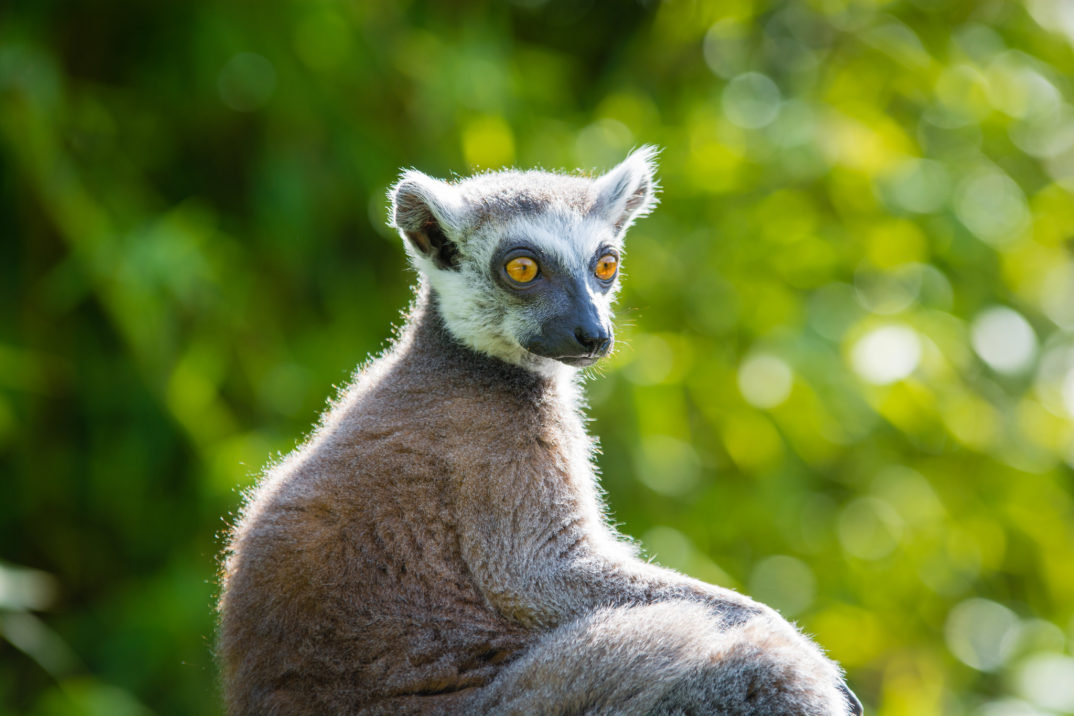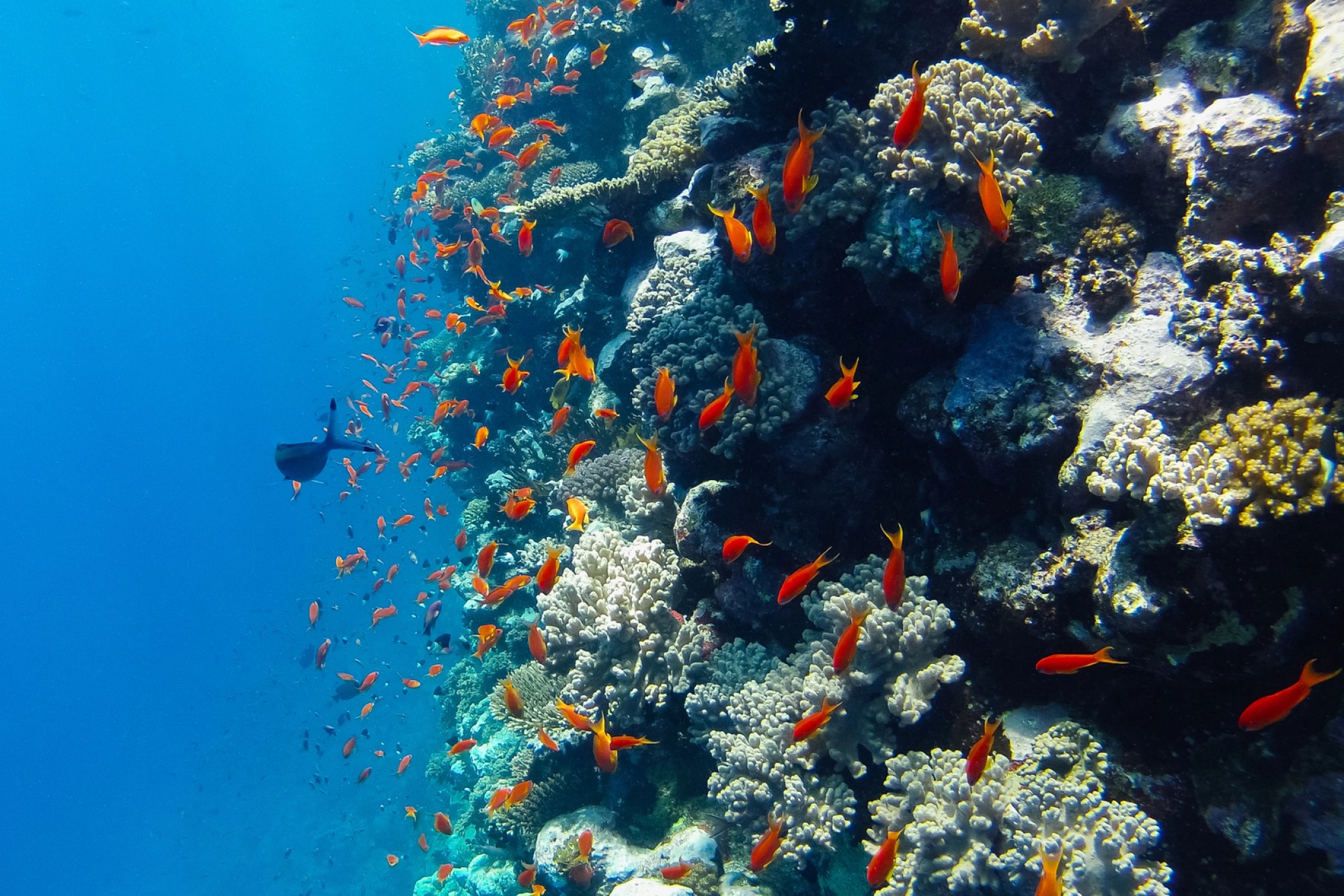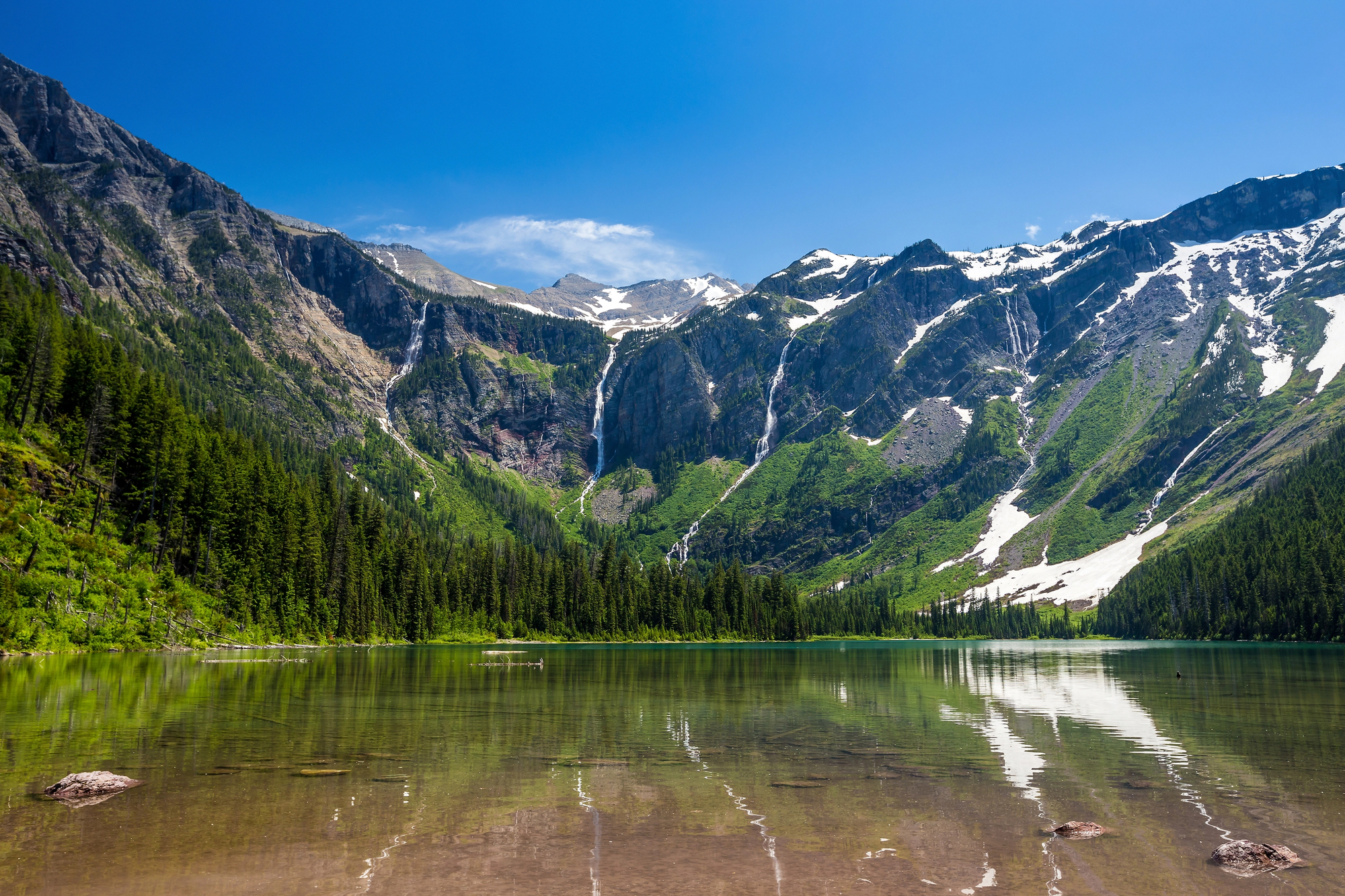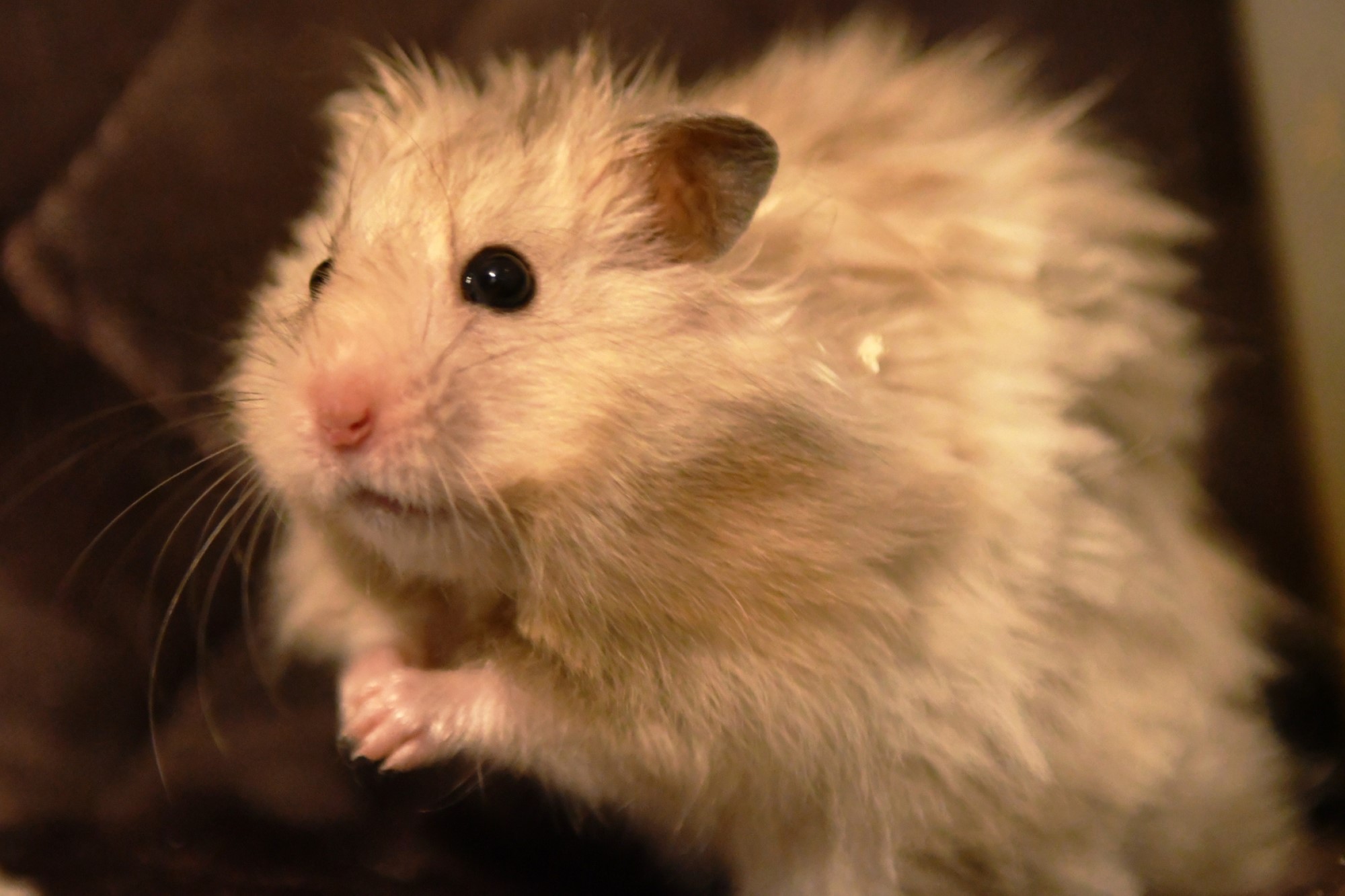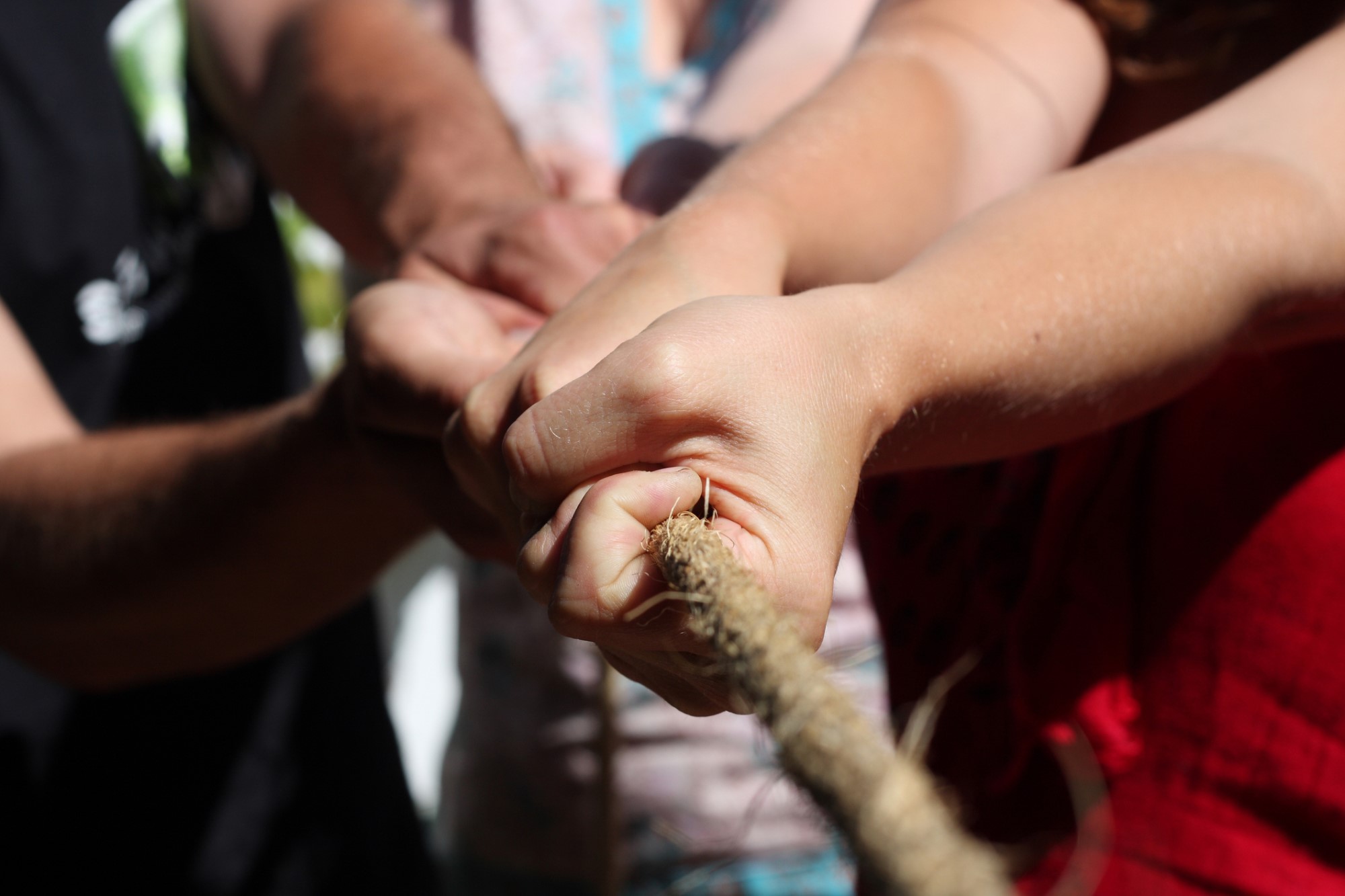The Indianapolis Prize and the Ethics of Conservation
On Saturday, September 29, the Indianapolis Zoological Society hosted its biennial awards ceremony, the Indianapolis Prize Gala, at the JW Marriot hotel in Indianapolis, Indiana. Referred to as “the Nobel Prize of animal conservation,” the Indianapolis Prize is awarded every second year to a scientist deemed to have contributed significantly to wildlife conservation. This year, Dr. Russ Mittermeier received the honor, which includes a $250,000 award, for his work with various primate species over a 45-year career. The gala also recognizes a celebrity who has advanced the cause of conservation through funding, visibility, and outreach: this year, actor Harrison Ford was the recipient of that honor. In his speech, Ford said, “Protecting nature is first and foremost for me a moral imperative.” Inspiring as that statement may be, it remains to be seen exactly what kind of moral imperative there is regarding nature. What is the most ethical way to support and protect the environment? Furthermore, what kind of relationship should human beings maintain with our environment?
The Indianapolis Prize clearly advocates for one particular kind of conservation. When one examines the work of Dr. Mittermeier and the other finalists for this year’s award, a pattern emerges. Sarah Bowman from IndyStar described Dr. Mittermeier’s accomplishments as follows: “discovering 18 new species, protecting hundreds more and preserving millions of acres of habitat around the globe.” Almost every finalist has concentrated on research and advocacy for a single species or family, pushing for public visibility and legal protection against the hunting of the animals and the destruction of their habitat. This kind of work falls in line with the mission implicitly encouraged by the International Union for Conservation of Nature’s Red List of Threatened Species, the comprehensive index of threatened, endangered, and extinct species like the giant panda and the white rhinoceros.
On its surface, protection of endangered species seems like an obviously beneficial avenue for conservation. However, the unintended consequences of species preservation might tip the scales in favor of another model. In choosing to work to protect a certain species, scientists—and the general public, to an even greater extent—will be subject to implicit biases. It is much easier to gather support for species that we see as beautiful or cute, or those which provide some benefit for humans. The full quote from Ford’s speech was “Protecting nature is first and foremost for me a moral imperative. Yet saving nature is really about saving ourselves.” In the fight to save horseshoe crabs from extinction, the greatest strides were made as the result of two factors. The first was development of a synthetic replacement for horseshoe crab blood, which is used in many medical procedures to ensure the safety of injected drugs and implanted medical devices. The second was the threatened status of the rufa Red Knot, a species of bird that eats horseshoe crab eggs. So, despite the good intentions of scientists, it was only when the species was no longer useful to humans, and when another, more beautiful species was threatened, that preservation efforts for the horseshoe crab achieved some success.
If conservation science is tilted towards species that we see as beautiful or useful, the resulting biosphere will come to be centered around humanity. This may be no better than the vision of a world without conservation efforts: one in which the only species able to survive are those able to thrive in close proximity to humans. We already bemoan the proliferation of some of these species: seagulls and rats, which eat human refuse; cows and chickens, which we have bred to be ideal meat producers; crops like wheat and corn, which are unable to reproduce without the intervention of humans. Even domesticated pets pose problems: a study from 2013 suggested that the common housecat is responsible for the death of as many as four billion birds and 22.3 billion mammals each year in the United States. Granted, that study has come under some scrutiny, but it is nevertheless clear that the world is more anthropocentric in terms of wildlife than ever before. Species-focused conservation would in many ways constitute one more example of anthropocentrism in the environment.
That humans have an immense impact on our environment is obvious; whether we ought to have such an impact is somewhat more contested. Two important views are illustrated by the use of the terms “preservation” and “conservation”. Though these are often used interchangeably by the general public, scientists in the field assign specific meaning to each. While “conservation” implies active management of resources and controlled use, as in regulated hunting and the United States National Parks Service, “preservation” is the complete isolation of a species or habitat from any kind of human intervention, either to maintain a static ecosystem or to allow “natural” change. This begs the question: should we be working toward a world in which we interact with the environment in a sustainable way, or should we seek to mitigate our interaction with the environment altogether? Is our goal to produce a world that benefits us, or do we have an ethical imperative to serve wildlife unconditionally?
One could argue that our dominant status in the world’s ecosystems creates a moral imperative to protect the environment. But by using resources disproportionately for the benefit of a single species, we risk upsetting an existing ecological equilibrium. These efforts also take resources away from other avenues of environmentalism, such as developing sustainable, low-impact means to support human life so as to eliminate the need for habitat conservation and hunting restrictions. If we can curb our collective impact on the world, natural cycles of extinction and adaptation can take over, preventing an overly anthropocentric world.
On the other hand, a complete separation of an ecosystem from human influence may not even be possible. Humans live in six of the seven continents and in almost every climate. Even in biomes with relatively little human life, such as deserts, tundra, and the deep sea, our cities still interrupt bird migratory patterns, and our carbon emissions and pollutants still affect the weather. While we should seek to mitigate these effects, a complete solution seems unlikely even far into the future. In the near future, most of these solutions will move too slowly to save many of the species nearing extinction. A sustainable system of resource use will do no good if humans are the only animals left to benefit from it.
Additionally, species-specific conservation is about more than just saving the cutest and cuddliest of creatures. Most biologists agree that biodiversity plays an important role in maintaining the health of the biosphere. Without it, life on Earth would not be adaptable to changing climates or sudden, global catastrophes. It would seem that as the creators of a global catastrophe resulting in a rapid shift in the Earth’s climate, humans have a moral imperative to prevent losses to biodiversity—not only for the benefit of ourselves or that individual species, but also for the entire ecosystem. Therefore, the best approach would be one that includes “saving” individual endangered species, but which also chooses which species to devote resources to based on their essential role in an ecosystem. The success of this approach would be dependent on a deep knowledge of the complex web of relationships that comprises an ecosystem.

